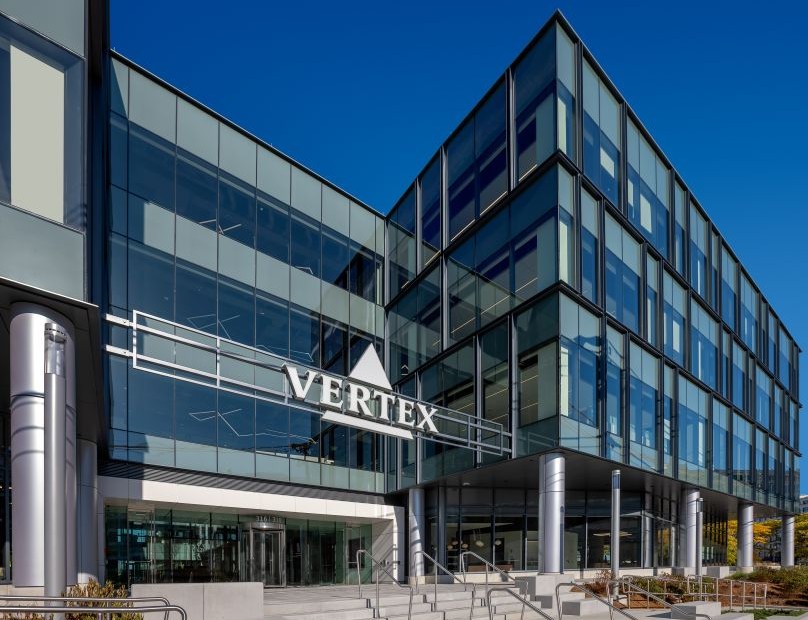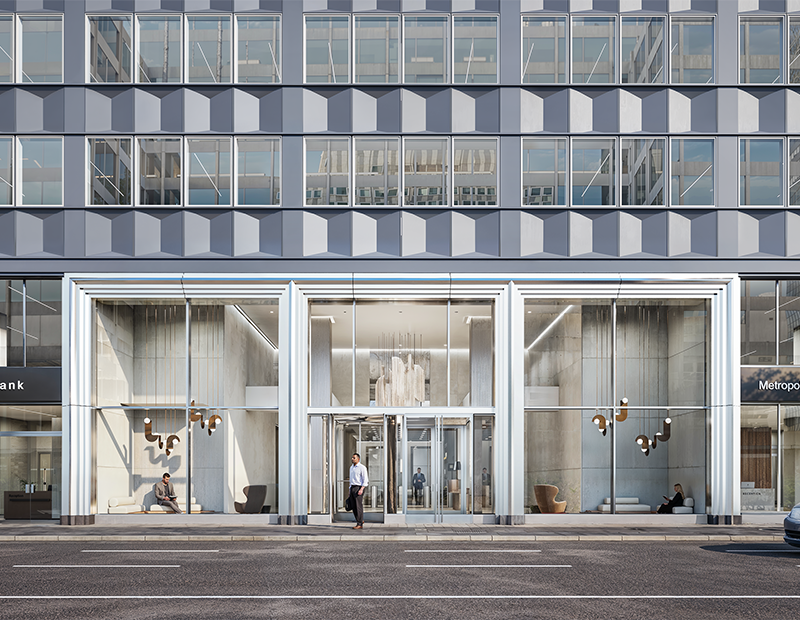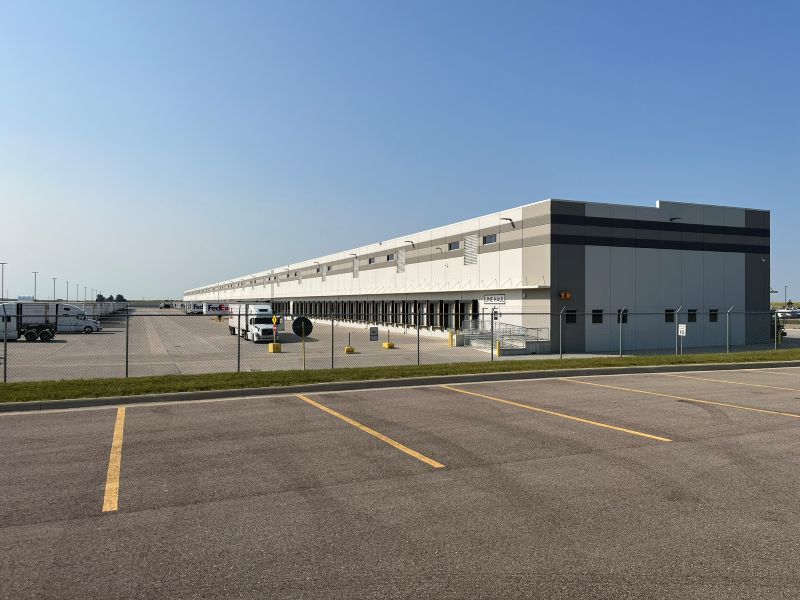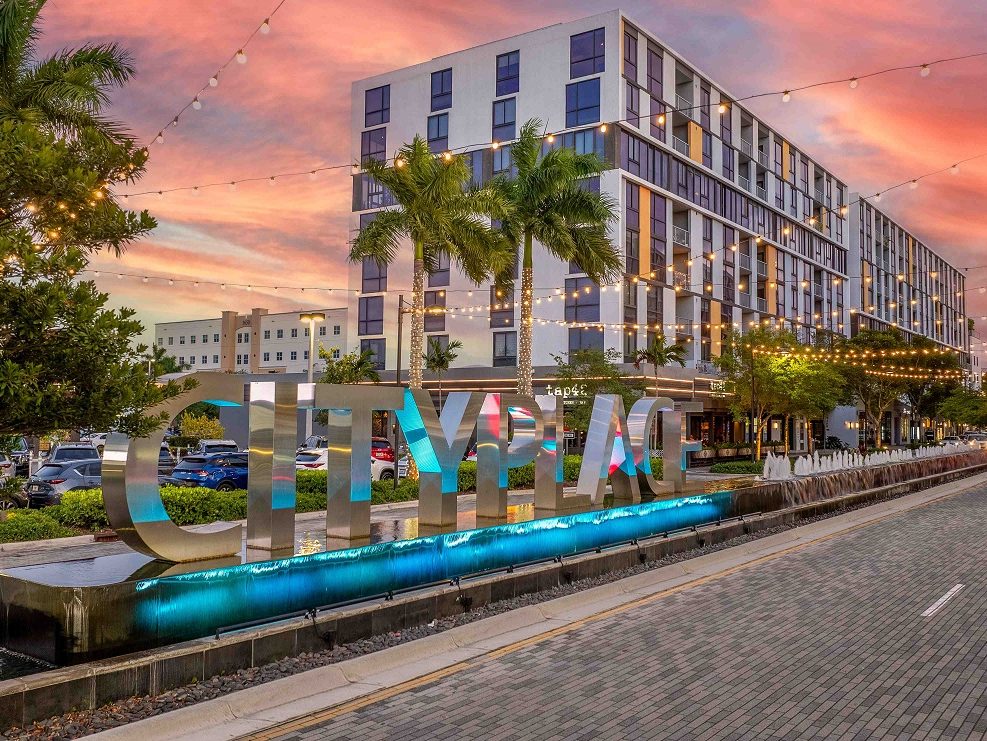Deep Dive: NYC’s Game-Changing Energy Rules
In the second of two parts, Yardi Energy's Brian Fridkin shares tips on complying with the city's far-reaching regulations.

Brian Fridkin, New York City-based team lead with Yardi Energy
New York City has enacted far-reaching new requirements for commercial buildings’ energy performance. Owners and managers must now develop strategies for complying with Local Law 97 (often referred to by the shorthand LL97).
Last month, in part one of a two-part conversation, Yardi Energy’s Brian Fridkin discussed how the new law will affect properties in the nation’s largest commercial property market. This month he offers insights into the nuts and bolts of compliance.
Could you walk us through the basic steps required to calculate a building’s emissions and emissions caps?
The emission limits are currently set for two periods, 2024-2029 and 2030-2034. The law was built so that the worst 20 percent of buildings will need to reduce emissions to comply for 2024, the worst 75 percent of buildings need to reduce to comply for the next set of years. So, for the first five years, the average building will not have to change anything.
The emissions limits are based on the use type of the space. The categories somewhat match up with how a building’s use types are set up in Energy Star Portfolio Manager. Retail, office, multifamily housing, and warehouse are some of the use types. Each use type has a different emissions limit per square foot. If your building has multiple use types, you must calculate the emissions limit for each use type and add them together to get the building’s total cap.
The next step would be calculating your buildings actual emissions. To get an idea of what your emissions would be in 2024, you can use your most recent submission for LL84 that is in Portfolio Manager. You need to use your usage for all energy types. You may know that Energy Star actually does emission calculations for you, but unfortunately you won’t be able to use those for LL97. The city created its own emission factors that are specific to
NYC. Once you have your annual usages, you will have to convert these into Kbtu using conversion factors (not needed for electricity). Then, you use the emission factors from the law to convert your usage into emissions.
The difference between your total emissions and your emissions limit is how much you will need to reduce before 2024. Currently, only the emissions coefficients for the first five years have been released. The coefficients will change as times goes on, especially for electricity. As more and more renewables are added to the grid, the cleaner it gets, and the less emissions will come from electricity. While not specifically stated in the bill, there is a big push to move toward electrification and away from onsite combustion of oil and gas.
What do you see as the main hurdles to meeting these goals? For example, are there still some moving parts or uncertainty to the regulations?
There are definitely some challenges and uncertainties with LL97. Firstly, the oversight committee for the law is still being formed and fleshing out details.
We’ve already had one amendment to the bill called “technical adjustments”. The most important of which is going to allow the government to make changes to the electricity emission factors for time of use, which was something not covered in the original bill. The electric grid is greener during the night-time, relying on constant sources of energy like nuclear and hydro and less on natural gas. This change benefits any buildings that use some type of energy storage as a demand reduction measure, like ice storage or battery storage.
One additional concern many buildings have is that the law does not value the density of your building. Its more efficient to pack in more workers into a small space because you will have similar lighting, heating and cooling needs no matter how many people are in it, but you will have additional computers and other equipment. So, while more efficient, a densely populated building will have higher emissions. We hope to see additional comments on this issue.
The bill itself also leaves room for some leniency through emission limit adjustments, but we still need to hear more about how this process will work.
It can be difficult to plan your buildings’ reductions when we don’t have all the answers. As I mentioned before, the study on carbon trading won’t be completed until 2021, so if you need to reduce before 2024, you can’t rely on this as a method.
Could you recommend any tools or resources that will help property operators comply with Local Law 97? For example, how about city or state programs?
Many resources are available to help prepare for LL97. As I previously mentioned, the city also enacted LL96 to provide financing for energy efficiency projects in buildings. This financing has a much lower risk that standard loans.
Another great resource is a building’s LL87 audit, which will provide methods to increase a buildings energy efficiency through various methods. NYC also created the Retrofit Accelerator, a free program which provides advisory services to streamline the process of making energy efficiency improvements.
New York State also provides incentives through NYSERDA, which can provide funding to efficiency upgrades, such as the Real Time Energy Management (RTEM) program, which can cover up to 30% of project costs for qualifying projects from approved vendors such as Yardi.
ConEd’s C&I program is also a tool building owners can use. ConEd provides rebates for installing energy efficient equipment including HVAC, lighting refrigeration. The program also offers incentives for other projects based on reduction in electric or natural gas usage.
Even though 2024 seems far away, it’s important for buildings to start preparing for LL97 now by calculating their emissions and emission limits, speaking with their energy consultants and other stakeholders, looking into incentive programs for efficiency upgrades, and budget planning for upgrades.







You must be logged in to post a comment.